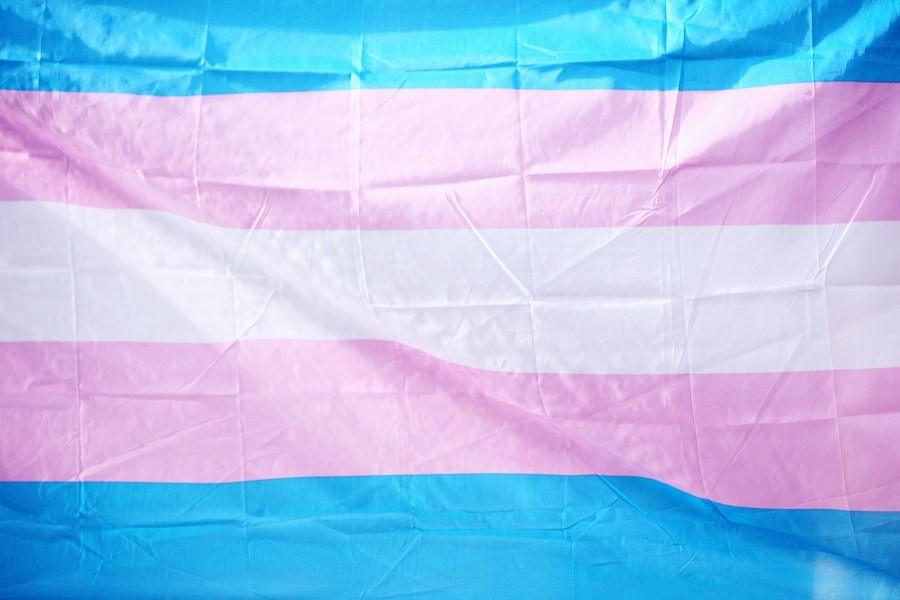
As the coronavirus pandemic drags on, working women continue to suffer. Recessions typically hit men hardest because they are overrepresented in economically sensitive areas, such as manufacturing. But the societal lockdowns and school closures designed to prevent coronavirus transmission have taken a heavier toll on women.
According to the International Labour Organisation: “Women are disproportionately employed in critically affected sectors such as service, hospitality, tourism and are also impacted by the shifting of economic activity into the domestic sphere, where they carry the majority of increasing levels of unpaid care work.”
Women in many countries will see their career trajectories derailed and the gender wage gap widen as a result of the pandemic. In the US, nearly 2.2 million women left the labour force between February and October 2020, according to the National Women’s Law Center. A study of Japan by the Massachusetts Institute of Technology and Tokyo University found that women have suffered economic impact three times as large as males.
This is an issue of both equality and economics. The United Nations Sustainable Development Goal Number 5 describes gender equality as a “fundamental human right,” and as the “foundation for a prosperous world.” Societies that tap into the full potential of their populations are more competitive and companies that promote gender equality can achieve better results, according to research by McKinsey and Credit Suisse. “Cognitive diversity,” which results from mixing backgrounds and perspectives, improves decision making.
The Morningstar Women’s Empowerment Index highlights companies committed to equal opportunity and access. Index analysis reveals that “gender lens investing” is about both values and shareholder value.
Creating an Index for Gender Diversity
Good research on diversity and inclusion goes beyond the numbers. While it’s important to count how many women are represented at various levels of a company’s workforce, policies and practices are also critical. For the purposes of measuring company-level gender diversity, Morningstar Indexes partners with specialist research firm Equileap, whose Gender Equality Scorecard assesses companies on 19 criteria across four broad categories:
1. Gender Balance in Leadership & Workforce
2. Equal Compensation & Work-Life Balance
3. Policies Promoting Gender Equality
4. Commitment, Transparency, and Accountability
Equileap also examines a company’s legal record when it comes to gender discrimination and sexual harassment. This ensures that savvy executives are not just finessing numbers, saying the right things, and crafting policies that look good on paper.
The Morningstar Women’s Empowerment Index targets 200 large- and mid-cap US stocks selected by Gender Equality scores. The index’s sector weights can be examined to compare gender practices across areas of the economy. As of late December 2020, it was overweight to Healthcare, Consumer Defensive, and Financial Services. Meanwhile, it was underweight Technology, Industrials, and Basic Materials.
The underweight to technology has hurt performance relative to the market since index launch in mid-2018. Some of the index’s energy stocks also detracted from returns. And it was hard to keep up with the market if you didn’t hold Tesla, which has experienced meteoric share price appreciation, but did not make the cut on gender equality criteria.
Gender Diversity for Shareholder Value
Looking forward on a long-term basis, though, it’s encouraging that the Women’s Empowerment Index tends to select companies with competitive advantages and healthier balance sheets than its market equivalent. Indeed, the index has higher exposure than its benchmark to the Economic Moat and Financial Health factors. Morningstar has observed that portfolios with heavy economic moat exposure provide superior downside protection.
Financial Health, meanwhile, assesses the strength of a firm’s financial position, ranking companies on the likelihood they will experience financial distress by considering leverage and equity volatility. Higher scores imply stronger financial health and therefore a lower risk of bankruptcy.
Let’s take a closer look at some of the stocks in the index:
Eli Lilly (LLY) is a healthcare company that gets significantly more weight in the Women’s Empowerment Index than in its broad market equivalent. Lilly scores well for gender diversity at on its corporate board, executive ranks, managerial level, and workforce. The company also has strong parental leave policies and stresses gender diversity within its supply chain.
Verizon Communications (VZ) also receives well above market weight in the index because of its gender practices. Like Lilly, Verizon boasts strong female representation at all levels of the workforce. The telecoms giant also scores well for equal pay and has strong policies when it comes to equality of opportunity, employee abuse, and supply chain diversity.
General Mills (GIS) is one of several consumer defensive companies that is overrepresented in the index because of its gender practices. The company’s board is very diverse from a gender perspective, as is the workforce overall. Parental leave and flexible working also contribute to an inclusive culture.
With just 200 constituents, the index is bound to miss out on some high-fliers. But the index’s preference for high quality, financially healthy companies position it well for the long-term. Gender diversity investing is not just about making the world a better place, it’s also about risk and return. Companies committed to gender equality are not just advancing human rights, they are also maximising shareholder value.




















